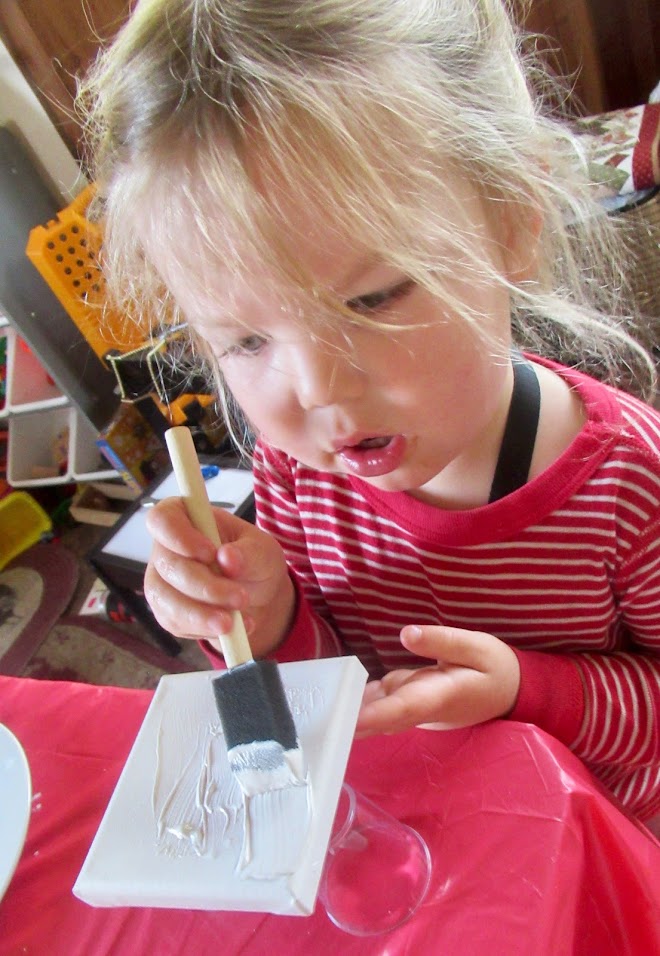This is Episode 26 in the story of the formation, rise and fall of the little education collective that used to exist up here on our mountain. I wrote and posted this account three years ago on my blog and then pulled it off because someone whose name I had not changed, objected. Now I have changed both the name of the little school itself, and the names of everyone who might be negatively impacted, and plan to re-post the story, one episode per day, until all 32 are again on my blog.
Smart Fingers
On November 14, 1989, the County of Mendocino issued the paperwork declaring the little Bell Springs school red-tagged, and the Laytonville Unified School District Board of Trustees voted to place the stipulation on the Bell Springs Collective that it could no longer meet at the school. That meant that we had to relocate the school elsewhere.
Such a simple thing to declare, and yet so convoluted to carry out. Where were we supposed to hold classes? For years we had been meeting in the same school rooms where all of our supplies were stored, and all of the sudden we had to move the whole kit and caboodle-where?As much as everyone wanted to make it happen, no one had a place in mind that could physically handle the demands of 12-15 kids, at multiple levels, requiring space enough to allow for forward educational progress to proceed.
The compromise between what we had been enjoying, and nothing at least for the conclusion of school year 1989-1990, was to split the school up into three sections: a kindergarten, a primary age section, and a pre-middle school group. I can’t say positively where the older two groups met, but I can tell you the kindergarten was taught right here at my house, by Annie. Benjamin was in kindergarten in 1989, being five years old, and there were five other kids in that group.
Casey was in a group which included four other boys, all in the second grade that year, and I must have been responsible for transporting him where he needed to be, since Annie had her hands filled with the kindergartners. My best guess would be Marguerite’s house, because I know she taught Casey and her son Matt was in the class, so it makes sense.
And so it went through the end of that year. I remember a meeting of the entire collective at our house where we tried to brainstorm options. We could rebuild the school on a different site; we could obtain the necessary permits to make the existing school legal, while continuing to defer to Imika’s demands; or we could continue with the school existing on more than one site.
The first was simply not economically feasible, especially since the children of the original school founders were now growing older, and would be going down to the middle school in town within the foreseeable future. Besides, this time around there would be no county paperwork bypass, so that would add to the cost.
The second was unpalatable, for the simple reason that we were tired of the ongoing vitriol streaming from Imika, any time there was an encounter between her and members of the collective. The thought of continuing to have to walk the path, whether for school, or for community activities, was unthinkable.
The third did not appeal to us either, even though it was a stopgap measure to keep the school afloat, until the end of the current school year. Besides the practical side of having to divide everything up, so as to keep three different classrooms going, there was the peer tutoring aspect of our school which was forever impacted, both in the classroom, and out on the playground.
The multi-aged levels worked to our advantage in a variety of ways. The bigger kids could work with the younger kids, both one on one, and as a group. It is very empowering to a second grader, to be able to read to a small group of kindergartners. It was equally effective to have the little kids be able to remind the bigger kids of just how far the bigger kids had progressed. As far as the old saying about never learning something thoroughly, until you have to teach someone else, we saw it in action every day as the older kids had the opportunity to work with the younger kids on concepts that they themselves still needed to hone. Long division comes to mind.
Many people disagree with the policy of not allowing kids to take the STAR test with the use of calculators. They feel it is an unrealistic scenario, because in real life, no one wants a person to do calculations involving money, with anything other than a cash register, or a calculator. The image of some poor kid, trying desperately to compute his figures on paper, is ludicrous. So why not allow the kids to do the think work with their brains, but the computations with their fingers?
I even think everyone agrees that this is OK, so long as students are able to perform the calculations on paper. I was not a math teacher by design, so much as by necessity, when Paul and I were team-teaching those ten years, so I hesitate to take a stand for fear of being sucked down into the shaky ground upon which I stand.
In a small school teachers must don many hats, which for me included math. Generally speaking though, I stick to language etiquette, such as the proper use of quotation marks (always outside the punctuation) or a rousing debate on whether one should or should not employ the Oxford comma.
I see it as being a little like the debate between writing in cursive or using the word processor; in either case, the student must place words in a proper order to make sense. In long division it is more important for a student to be able to determine that division is the key to solving a word problem, than it is for the student to be able to do the calculations on paper.
With mixed feelings we closed the book on Bell Springs Education Collective, and agreed to pursue individual courses of action, dependent on each family’s needs. Though a difficult decision to reach emotionally, the physical reality of having lost our school, made it inevitable.
My own story continues, however, as this closing year of the collective corresponded with my one-year push to complete 33 units of credential work in time to fulfill my commitment of getting my credential in one calendar year. It was just too bad that I no longer had any reason to possess it.















No comments:
Post a Comment